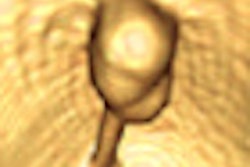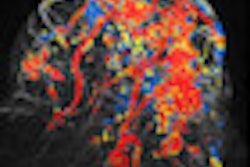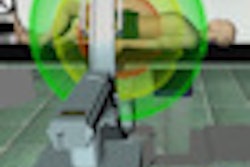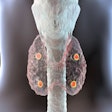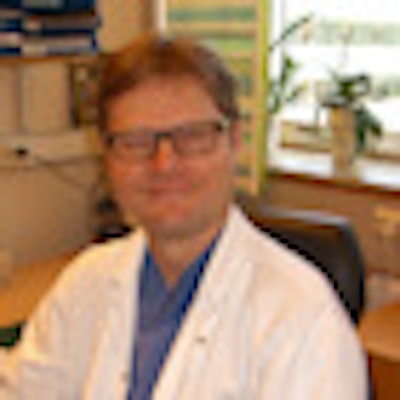
Six months after implementing speech recognition, the time between an examination and a signed report, either preliminary or authorized, has been cut by more than 50%, according to the chief radiologist at a Swedish county hospital.
In October and November 2010, the average report turnaround time with speech recognition at the Västmanland County Hospital in Västerås was 27 minutes and 45 seconds for high-priority reports and 103 minutes and 7 seconds for all other reports. Compared with digital dictation performed during March and April 2009, this represents a time saving of between 56% and 59%. Around 200,000 radiology consultations are performed each year at the hospital, and a total of 25 radiologists and five pulmonary disease specialist doctors now use the speech recognition system.
"You dictate the report, sign it, and it's available on the intranet -- all in one go," said chief radiologist Dr. Bengt Arfvidsson. "The referring physician also has immediate access to images together with the report, which further increases the level of service."
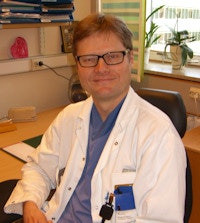 Dr. Bengt Arfvidsson, from Västmanland County Hospital in Sweden.
Dr. Bengt Arfvidsson, from Västmanland County Hospital in Sweden.In Sweden, adoption levels for speech recognition have been only around 10%, which is much lower than its neighbors, but this situation may be changing, he added. Arfvidsson said he has received considerable interest from other Swedish hospitals in speech-based radiology reporting.
Radiologists at Västmanland County Hospital can use voice commands, add headers to their reports, insert standard text blocks, and make voice-based text adjustments and formatting changes. Users are given the choice of secretarial support for specific situations or complex cases. The system gives them the choice between finalizing a report immediately or sending it to the secretary; most radiologists now go for the first option.
"We can't dictate standard letters with the system. The system has a dedicated radiology vocabulary gathered from thousands of radiology reports. It does not cover the general vocabulary for day-to-day Swedish language," Arfvidsson said.
Between 23 June 2010 and 31 January 2011, staff in the department produced 40,941 reports. The average length of a dictation was 29 seconds, and the average recording time for a report was 64 seconds.
The first speech recognition pilot project at the hospital included five doctors, before managers decided to introduce the equipment throughout the radiology department. The implementation is now complete, and most doctors use speech recognition routinely. The hospital has two secretaries who check for new words in the reports and enter them into the system. Speech recognition automatically adapts to the voice characteristics and dictation behavior of individual doctors, and then it also allows new words to be added to the central recognition vocabulary, which are then recognized for each user.
At the start of the process, a general introduction to speech recognition was given by the RIS providor, Sectra, to everybody involved, including radiologists, secretaries, and administrators. This was followed by individual training of one hour for each radiologist on using the speech recognition software (SpeechMagic, Nuance Communications). After four weeks the training was repeated, and after three months there was a follow-up session at which users gave their feedback.
The key is to work with a partner who can provide good support for relevant languages with high recognition rates, as well as ease of use, noted Nicklas Björling, project manager at Sectra. In Norway and Denmark, all his customers now have speech recognition, and user adoption is 90% to 95%. A Finnish study, published three years ago, highlighted the positive impact of speech recognition on productivity and workflow (J. Digit. Imaging, December 2008, Vol. 21:4, pp. 378-382).




